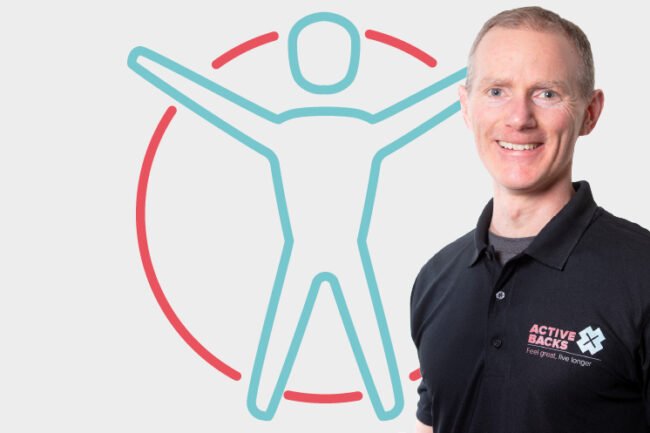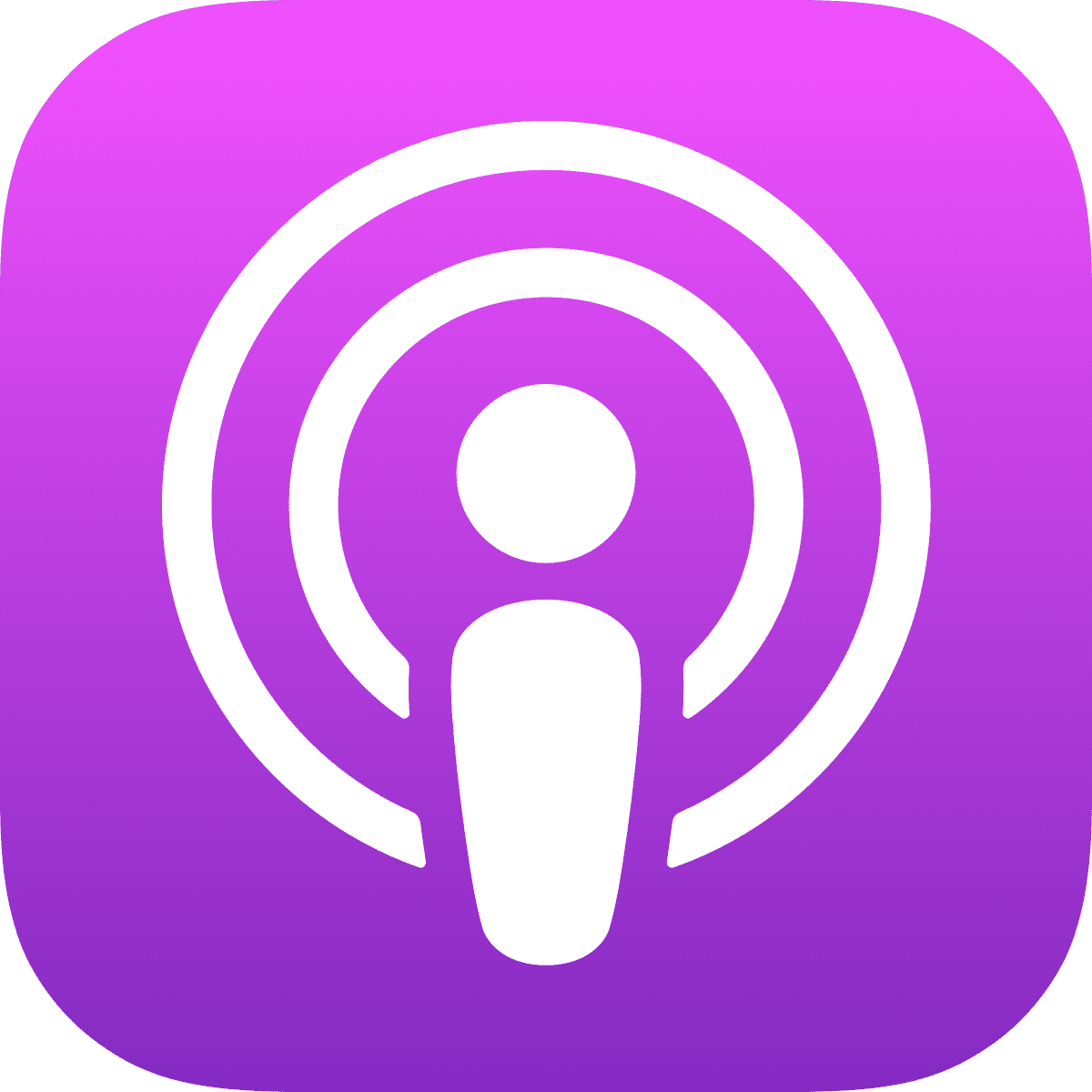Home treatment of lower back pain / sciatica (2)
Home treatment of lower back pain / sciatica (2)
This episode is entitled “Home treatment of lower back pain / sciatica (2)”, and the tips offered are:
- Move often for home treatment of lower back pain / sciatica
- Don’t think you have to stretch
- Don’t use painkillers to do more
- Use a massage ball as home treatment of lower back pain / sciatica
- Get a great plan

Move often for home treatment of lower back pain / sciatica
Movement is essential to healing. It settles your nervous system and calms everything down. You may be very focused on your lower back / sciatica pain and be very aware of the things that aggravate that. But there’s a lot of other movements that you can still do and won’t hurt. Do those. If you are seemingly incapacitated by pain, don’t worry. It may be that you have to tighten your abdominal muscular muscles a little bit and then lift one leg up. Bent slide the foot at the floor towards your bottom. Still keeping the foot flat on the floor. If you can keep it there, bend the other one up to join it. Then move your knees in a very slight range of movement, 10 degrees in either direction. In line position, raise one arm up above your head. Turn your head to one side, back again.
Movement keeps your blood flowing, and it reduces the high state of alarm. If you’re lying there, trying to tolerate the pain, that’s all you’re focused on, pain and the apprehension, the expectation of pain is not a good way to lead your life. Focus on the things you can do and do them. Maybe you’re not that bad. Maybe you can walk a hundred yards without increasing your pain. That is extremely valuable. Don’t just do it occasionally, you should be moving frequently. Depending on your pain levels, use it, but don’t abuse it. You may be moving at very low intensity, very little effort, but frequently. Things like standing, wobbling your hips from side to side, even in a sitting position, that is movement and it has value.
Don’t think you have to stretch
Stretching is a bad idea if you are doing home treatment for instability or laxity in your lower back / sciatica. Your back is made up of building blocks stacked on top of one another. There are joints between those blocks vertebrae. Over time some of those joints get a bit stiffer and one or two of them overwork and become slightly lax. If you have joint laxity, stretching is the wrong thing to do. It might feel nice at the time, but it’s de-stabilizing that joint. And if you have an instability in one of the joints in your lower back, it’s stopping you from getting better. How can you determine whether you do have instability? If you do have it, you may get spasms of pain when you turn over in bed or when you try and get up out of a chair, or a car. On the flip side, construction would be a good thing.
But why does stretching feel good? Because you stimulate mechanical receptors, little nerve endings that respond to stretch and pressure. They send a message through those large mile length myelinated neurons. The nerves take the message up towards the spinal cord. At that point, because of those neurons are firing, they block the input from nociceptors, and they transmit their impulses into the spinal cord. If you stimulate mechanical receptors by stretching, it will block the new susceptive input. That’s why stretching feels good, but if you have an instability, you could feel worse after having done it.
Don’t use painkillers in order to do more
Painkillers can be great at night, if you are struggling to sleep. But don’t use them in order to do more of the things that would have hurt without them. The biological purpose of pain is an alarm system. It’s there to tell you not to do something. If you numb that alarm system with painkillers, you’re either slowing down the rate of healing or prolonging the process of recovery. Because you’re masking the things that make it worse, you end up doing more of them. It’s important to know what makes it sore.
Use a massage ball as home treatment of lower back pain / sciatica
You can also use the corner of the wall doorframe, but the massage ball is probably better. If you’ve been to a massage or seen an osteopath, physio or chiro, they may have pushed their thumb into an area or pressed the flat of their elbow into your gluteal muscles. If they have, you should be able to generate a similar degree of pressure using a massage ball in your body. Right at the top of the bottom, near the iliac crest, is the hip ridge of bone that runs from front to back. Just below that, you’ll find these gluteal origins. That’s a good area to work into with a massage ball. You may be able to do it lying on your back, or you may have to bend your knee up, straight down or roll onto your side to get into this group of muscle.
When you use the massage ball, you’re stimulating those mechanical receptors. That pressure stimulating the counter receptors helps to reduce the new susceptive input. It’s not necessarily going to be a long lift thing, but that’s okay. Using a massage ball to work into tense, achy muscles is helpful as long as it doesn’t cause you more pain. Use it, but don’t abuse it. If working in with a massage ball feels uncomfortable, or you’re getting spasms of pain in your lower back, stop doing it. Maybe you’re doing it wrong, or maybe your back is never going to like working with a massage ball. Otherwise, use a massage ball for home treatment of lower back pain / sciatica.
Get a great plan
This is the number one differentiator between just getting a bit better and getting a long-term solution. We always ask people, are you looking for just relief or relief and prevention? Because relief is easy, but if you want the prevention as well, you need to get a great plan. I can help you. Go to active-x.co.uk and look at the resources tab on the top. On the menu, you will see under resources that we have a number of things that can help you get a great plan. One of them is to use our chat bot. If you interact with a chat bot, it will work out what kind of exercises you need to do both for relief and prevention, and then send you those resources and more. It will point you at our online course.
We have an online course which will help you work out the different exercises that are going to benefit you more than exercise, advice and so on for relief and prevention. There is also a free webinar embedded right there on our website, active-x.co.uk. That webinar will teach you through building your own personalized plan for the relief and prevention of your lower back pain / sciatica. If you are doing home treatment of lower back pain / sciatica, you don’t have to do it on your own. There is free specialist advice there on our website that will guide you to creating that great plan.


